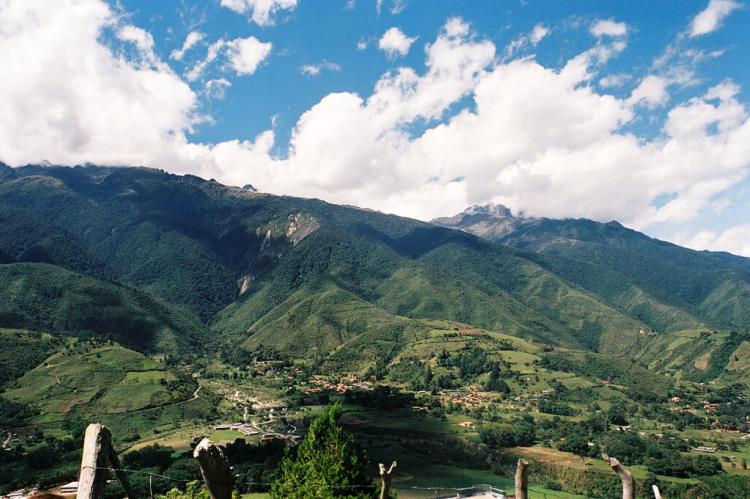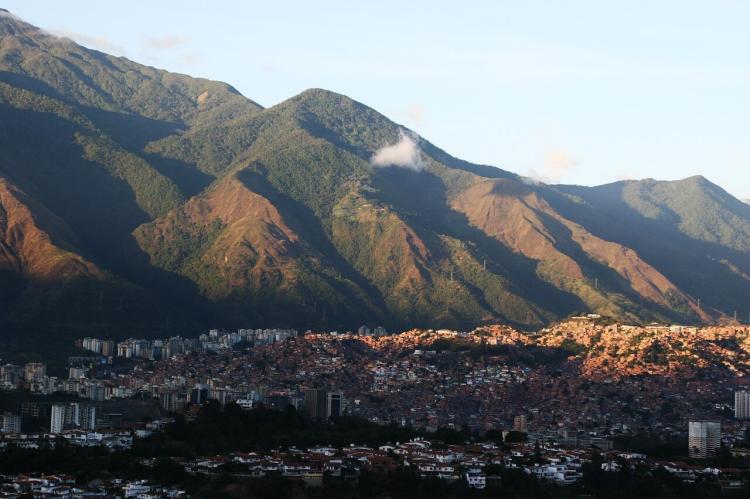Mountain Ranges and Major Peaks of Venezuela
Venezuela has diverse mountain ranges with stunning landscapes and ecological significance. These mountain ranges in Venezuela contribute to the country's breathtaking natural beauty, rich biodiversity, and cultural heritage.
Mountain Ranges and Major Peaks of Venezuela
Venezuela has diverse mountain ranges that offer stunning landscapes and ecological significance. These mountain ranges in Venezuela contribute to the country's breathtaking natural beauty, rich biodiversity, and cultural heritage. They provide opportunities for adventure, exploration, and appreciation of the diverse landscapes that make Venezuela a captivating destination. The mountain ranges can be broadly categorized into the Andes ranges and others.
Andes Mountains
While most of the Andes mountain range in Venezuela is commonly referred to as the Venezuelan Andes, it can be divided into two distinct sections.
These two sections of the Venezuelan Andes have distinct characteristics and play essential roles in the country's natural heritage. The Cordillera de Mérida is more prominent and well-known, while the Serranía del Perijá is a remote and ecologically significant region with unique features.
-
Cordillera de Mérida: This section is commonly considered the proper Venezuelan Andes and is the largest and most significant part of the Andes within Venezuela. It is located in the western part of the country and includes the states of Mérida and Táchira. The Cordillera de Mérida is known for its rugged terrain, towering peaks, and diverse ecosystems, including high-altitude paramo and cloud forests. It is home to some of Venezuela's highest mountains, including Pico Bolívar, the highest point in the country.
-
Serranía del Perijá: This section is a much smaller area along the border with Colombia at the western extreme of Venezuela, primarily in Zulia state. The Serranía del Perijá is a relatively isolated and remote mountain range that runs roughly parallel to the Colombia-Venezuela border. It is known for its biodiversity, including unique plant and animal species, and is recognized as one of the most biodiverse regions in the world.
Major Peaks of the Venezuelan Andes:
-
Pico Bolívar, 4,978 m (16,332 ft)
-
Pico Humboldt, 4,940 m (16,207 ft)
-
Pico Bonpland, 4,880 m (16,010 ft)
-
Pico La Concha, 4,920 m (16,142 ft)
-
Pico Piedras Blancas, 4,740 m (15,551 ft)
-
Pico El Águila, 4,180 m (13,714 ft)
-
Pico El Toro 4,729 m (15,515 ft)
-
Pico El León 4,740 m (15,551 ft)
-
Pico Mucuñuque 4,609 m (15,121 ft)

Relief map of Venezuela.
Other Mountain Ranges
-
Cordillera de la Costa (Coastal Range): The Cordillera de la Costa, or Coastal Range, runs parallel to Venezuela's northern coast. It is a series of low-lying mountains and hills that slope to the Caribbean Sea. Lush forests, waterfalls, and picturesque beaches characterize this range. It provides a scenic backdrop to many of Venezuela's coastal cities. Home to several national parks, the Cordillera de la Costa contributes significantly to Venezuela's biodiversity, hosting various plant and animal species.
-
Cordillera de la Costa del Caribe (Caribbean Coastal Range): The Cordillera de la Costa del Caribe, or Caribbean Coastal Range, is a subrange of the Cordillera de la Costa that is located in northeastern Venezuela. It runs parallel to the northern coast and is known for its lush tropical forests, waterfalls, and diverse wildlife. This range is part of the coastal cloud forest ecosystem, which provides critical habitat for numerous plant and animal species. The region is home to several national parks, including Henri Pittier National Park, which protects a significant portion of the Caribbean Coastal Range.
-
Cordillera de la Serranía del Interior (Interior Mountain Range): The Cordillera de la Serranía del Interior, also known as the Interior Mountain Range, is located in central Venezuela. It is a series of hills and low-lying mountains stretching from the country's east to the west. Its rolling hills, dense forests, and agricultural lands characterize this range. It plays a crucial role in regulating the country's water resources and is the source of many rivers and streams.
-
Serranía del Perijá: The Serranía del Perijá is a relatively isolated and remote mountain range that runs roughly parallel to the Colombia-Venezuela border. It stretches about 200 km (124 mi) from northeast to southwest, forming a natural boundary between Colombia's Cesar and Norte de Santander departments and Venezuela's Zulia State.

Venezuela physiographic map.





